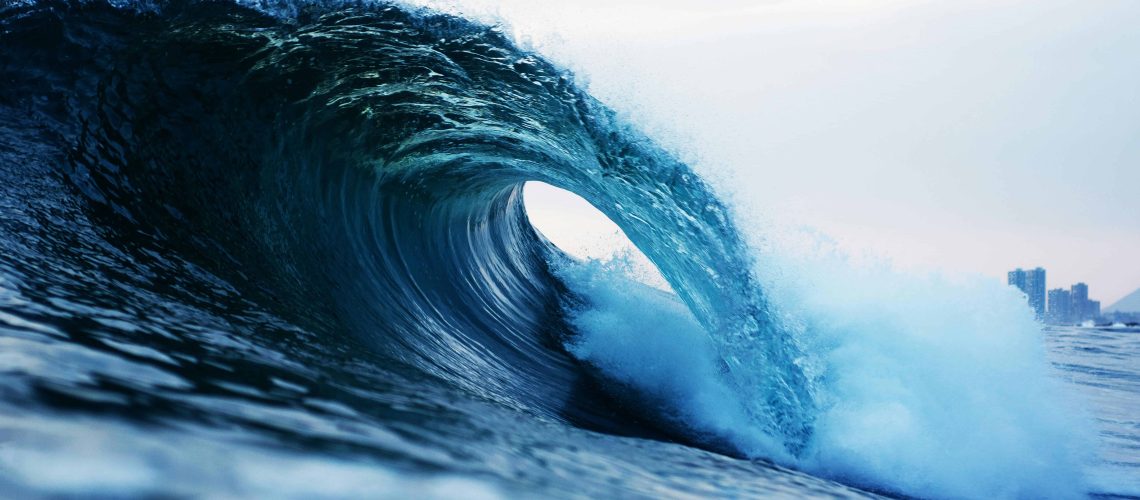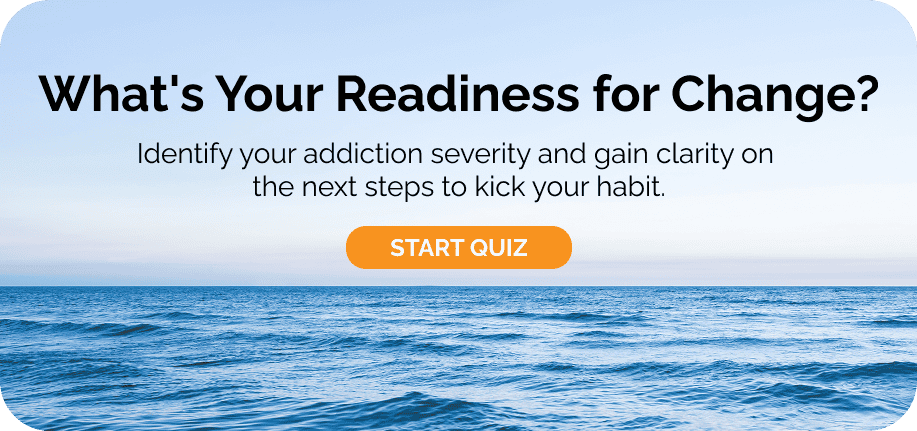In this article, we’ll explore the concept of urge surfing – how it can help us manage cravings and anticipate urges before they take hold.
Urges are often the voice of the addicted part of us, pressuring the healthier self into believing that we need the addiction to cope, escape, or feel normal.
The addicted bully in you says:
“You can’t make it on your own. Get back to your addiction, or else you won’t survive this. You’re too weak to do this without me.”
Then, the weaker, child-like voice inside – the one being bullied – responds:
“I guess so. I’m not sure I can do this on my own.”
That inner bully tries to convince you that you’re weak and incapable of living without the addiction. But here’s the truth: That bully only has as much power as you give it. All of its power disappears the moment you stop believing its lies.
Reclaiming Your Power in the Face of Urges
Imagine someone saying, “Haha, you’re only two feet tall!” You’d probably smirk and walk away, or politely correct them. It wouldn’t rattle you – because you know it’s not true. But when something taps into a fear you already hold, it has more power.
We need to start challenging the bully inside our minds and recognize the truth: we can get through an urge without giving in.
Think about those movie moments when the abused or bullied person finally stands up for themselves. That’s what we need to do too.
Say to that inner voice:
“Nope. You’re not just wrong about me needing my addiction – you’re actually the problem.”
Of course, it takes time to build the courage to practice this. But over time, standing up to that inner bully will help you believe you can handle life without substances.
How Urges Trick Us Into False Beliefs
If your mom gave you oatmeal every time you had a cold, you might start to believe that oatmeal is the cure. After a while, you’d worry that you couldn’t recover without it – even if it never actually helped.
It would take courage to see if you could get better without the oatmeal. Similarly, we need to challenge the belief that we can’t survive without our addiction. It starts with small steps and grows over time.
Don’t live as the victim of a bully. It’s time to stand up to that part of you.
Addiction and Urge Surfing
Whenever we deal with stress by “self-medicating,” we teach ourselves that substances work – and that becomes a habit. Like anything, the more we practice it, the better we get at it.
This conditions our brains to believe that the substance saved us from worse stress, anxiety, or depression. But here’s the powerful thing to know: Cravings don’t get worse forever.
How Long Do Alcohol Cravings Last?
Cravings rise, peak, and then fade – usually within 30 minutes.
If we always give in, we never learn this. But if we ride them out, we teach ourselves that urges pass on their own. This builds new, healthier neurological pathways.
You might worry that tolerating an urge will make it worse. In fact, the opposite is true:
- Allowing the urge to pass actually reduces cravings over time.
- Your body learns it can handle discomfort without needing to escape.
> Learn exactly how your body and mind heal over time in What to Expect: The Complete Alcohol Cessation Timeline.
The Urge Surfing Metaphor
Alan Marlatt, a pioneering Canadian-American clinical psychologist, created the concept of urge surfing to help people visualize how to cope with cravings.
When you feel an urge, imagine it like a wave building up in the ocean. Like all waves, it rises, peaks, and then falls.
You can fight the wave – or you can float, allow it to pass, and ride it out.
Here’s how it might look:
Say something triggers you, and you feel a strong urge to drink.
You don’t fight it. You imagine yourself out in the ocean with a life vest, watching a huge wave swell. That wave is your craving.
It gets closer—you feel scared. You notice your anxiety rise. Then the wave lifts you up and tosses you… but you ride it. You breathe. You trust it will pass.
Eventually, it does. You realize: You made it. Your heart slows. You smile. You’re proud. You’ve just rewired your brain. And the bully? You called him out on his lies.
One More Powerful Example of Urge Surfing in Action
Another helpful visualization is mental martial arts. Imagine the urge as a ball of words or feelings being thrown at you. Instead of absorbing the full impact or throwing punches back, imagine yourself gracefully slipping aside, ducking, or letting it glance off you.
Even if you get hit, know that it’ll pass quickly. You don’t have to win every time – you just need to stay in the fight long enough for it to be over.
Use urge surfing not only for cravings, but for any intense emotion – panic, anger, sadness, etc.
Urge Surfing: Practice Makes Progress
This is a practice, not an instant solution. Every time you urge surf – even imperfectly – you’re helping rewire your brain. You’re building a new path of least resistance.
Picture a nerve cell searching for its connection. Every time you resist the addiction and choose the healthier path, you’re strengthening that new connection. This is powerful.
One patient of mine didn’t do anything else but truly committed to urge surfing. She practiced daily and never drank again. Once she learned that cravings could be defeated, she stood up to her fear – and she won.
Urges Anticipation
We’ve talked about urge surfing. But there’s another important aspect about it to make the effect even stronger: anticipation.
If you can anticipate urges in advance, you can prepare for them. Like a batter shifting their weight before a pitch, or a boxer readying for a punch, you can brace yourself emotionally and mentally.
This is how we intercept the urge before it crashes into us.
Become more aware of:
- Emotional triggers that lead to urges
- Bodily sensations that signal cravings are building
For example, if you know a conversation with an ex is coming and it’s likely to be difficult, prepare for the urge. Plan to surf that wave rather than letting it knock you over.
A helpful exercise is building or reviewing your relapse prevention plan. Revisit the people, places, and events that tend to trigger cravings.
This work isn’t easy, but it’s life-changing. Urge surfing, challenging your craving bully, and learning to anticipate urges are skills that can reshape your relationship with addiction forever.
Urge Surfing as a Tool for Self Recovery
I created the Self Recovery program to help people better understand and manage cravings through awareness and self-compassion.
With these classes, you’ll learn to face urges head-on, identify their triggers, and develop healthier responses. By combining urge surfing with evidence-based strategies for emotional healing and habit change, Self Recovery provides a holistic, personalized path to overcoming addiction – empowering you to take control, one wave at a time. Discover more!








